You can learn to prune trees!
A well-pruned tree looks better, is healthier and lives longer. Tree pruning is not hard, but there are a few rules of thumb you should know before you start hacking away.
Please note: This guide is mainly for pruning small trees in urban settings such as yards and tree boxes. It does not necessarily apply to fruit trees, larger trees or trees in forest settings.
1) Plan before you cut. Walk all the way around the tree. Think about which cuts will make the tree healthiest and most attractive.
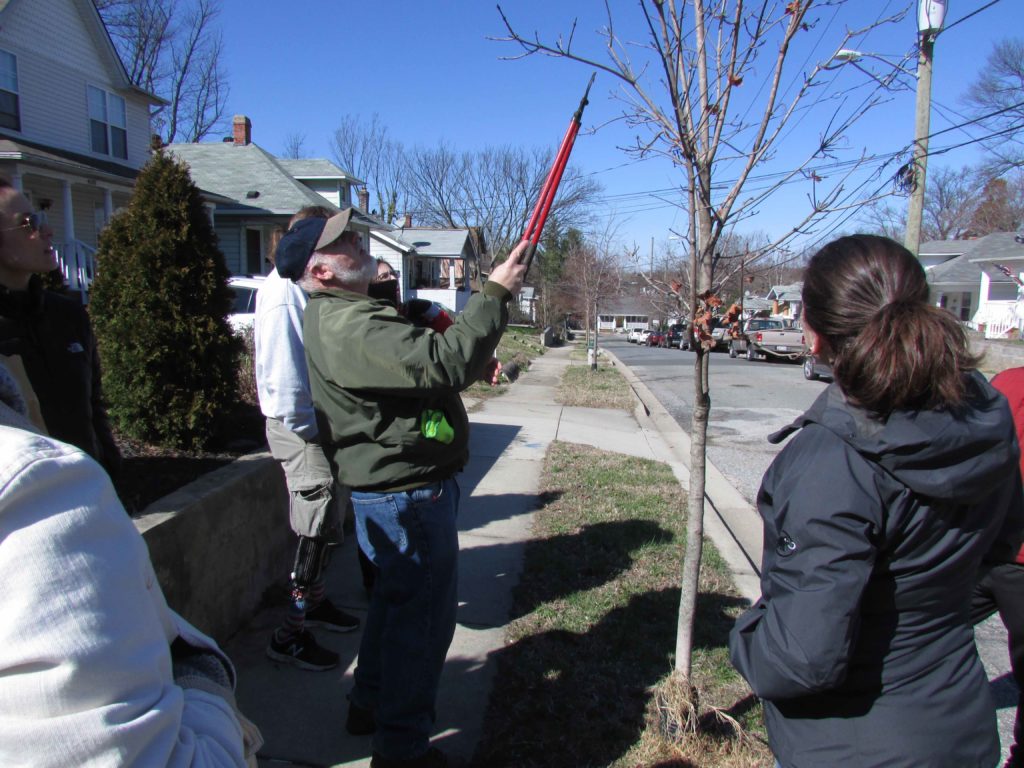
2) Create a clear leader. Trees should have one main growing point, not two or three competing ones. Remove less dominant or more angled branches that compete with the main leader.
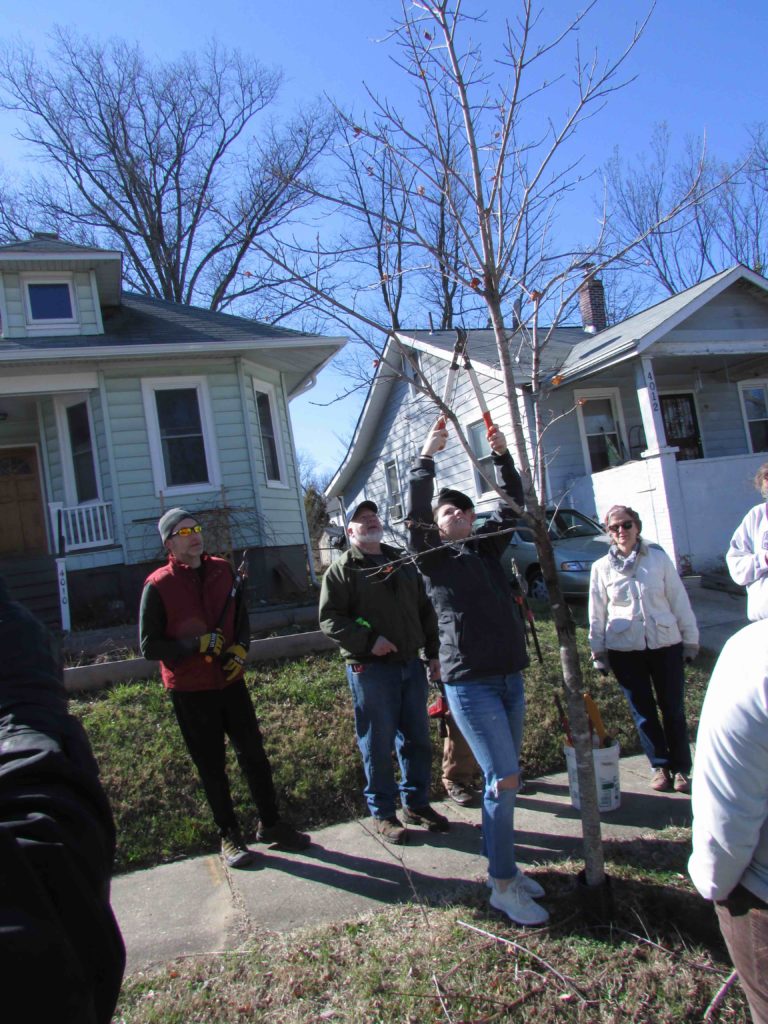
3) Limb it up. Trees should use their energy and nutrients to grow tall, not wide. Cut off limbs up to a third of the way up the trunk.
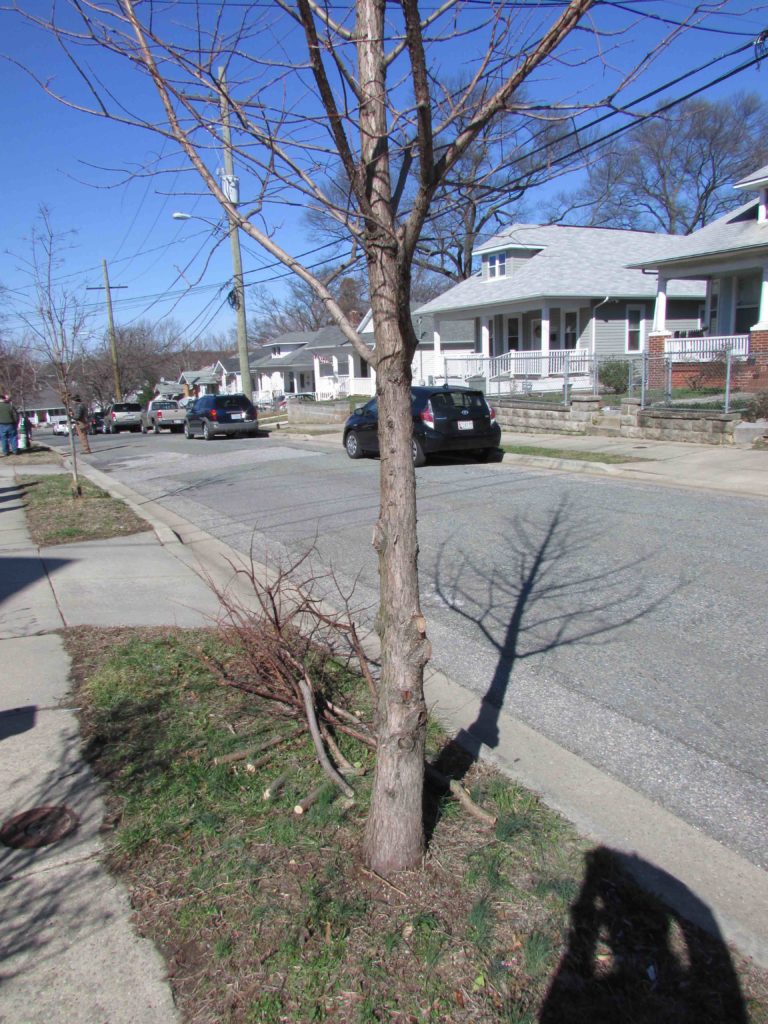
4) Make tree-friendly cuts. When removing a sizable limb, cut it off in sections rather than all at once, to avoid stripping the bark. Don’t leave a stub, but also don’t make the final cut flush to the trunk. Leave a collar so the tree can heal quickly. Cut with the blade facing down (if possible) and angle cuts slightly away from the trunk.
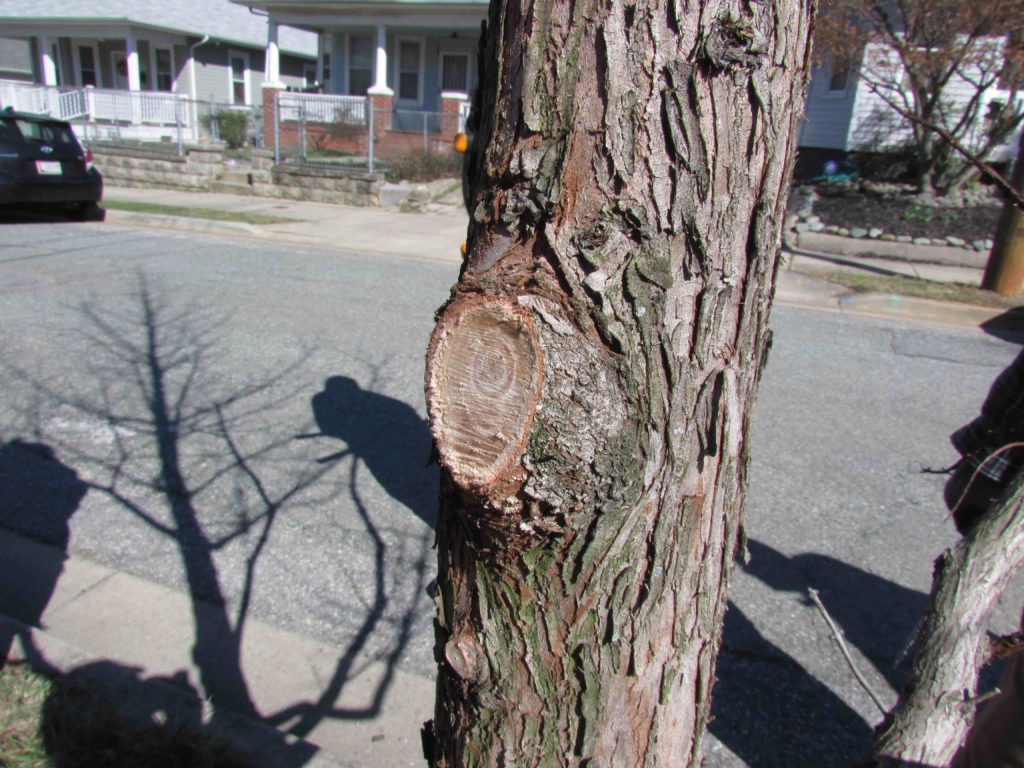
5) Create space. If several branches are close to each other, clear some out to give others room. Especially cut branches that are growing across other branches.
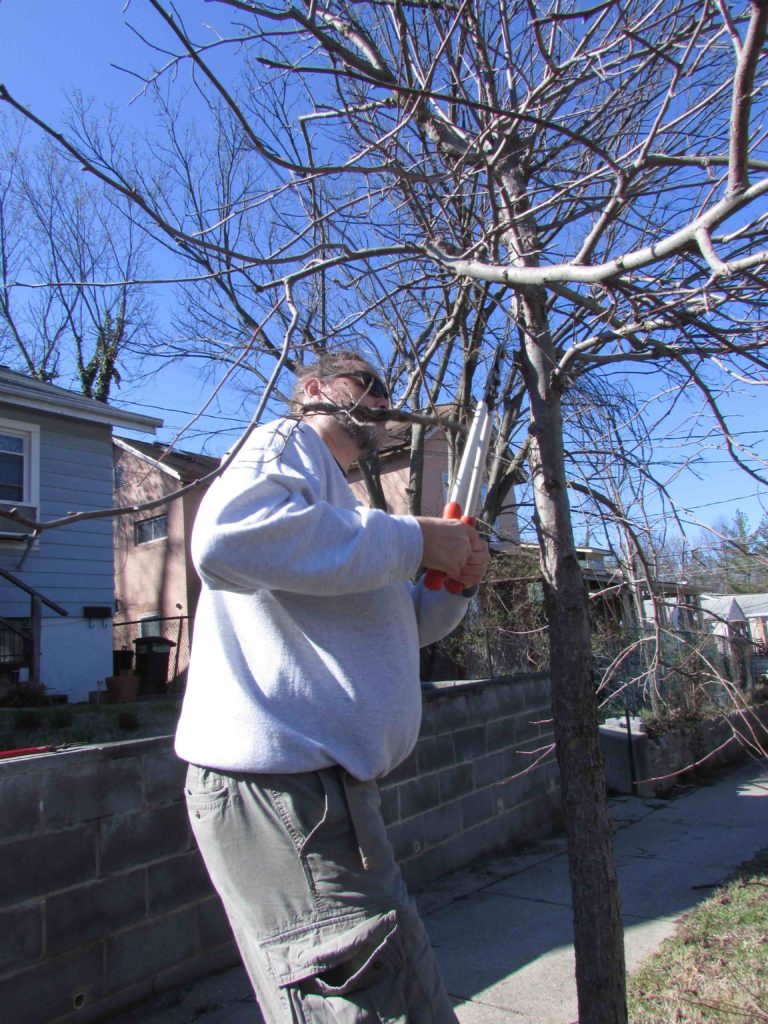
6) Pick the right time. Winter or early spring, when trees are dormant or just starting to bud out, is the best time to prune. Summer is the second best time to prune. Avoid pruning in spring or fall if possible.
7) Don’t overdo it. Remove no more than 20-25% of a tree’s total mass at one time. And only attempt what you can do comfortably and with complete control over your tools. Larger trees require professional pruning.
More Resources